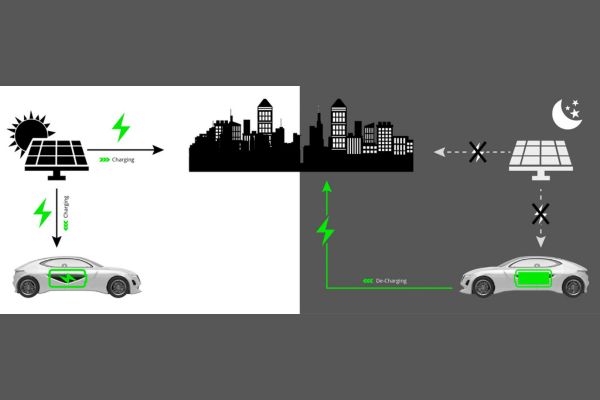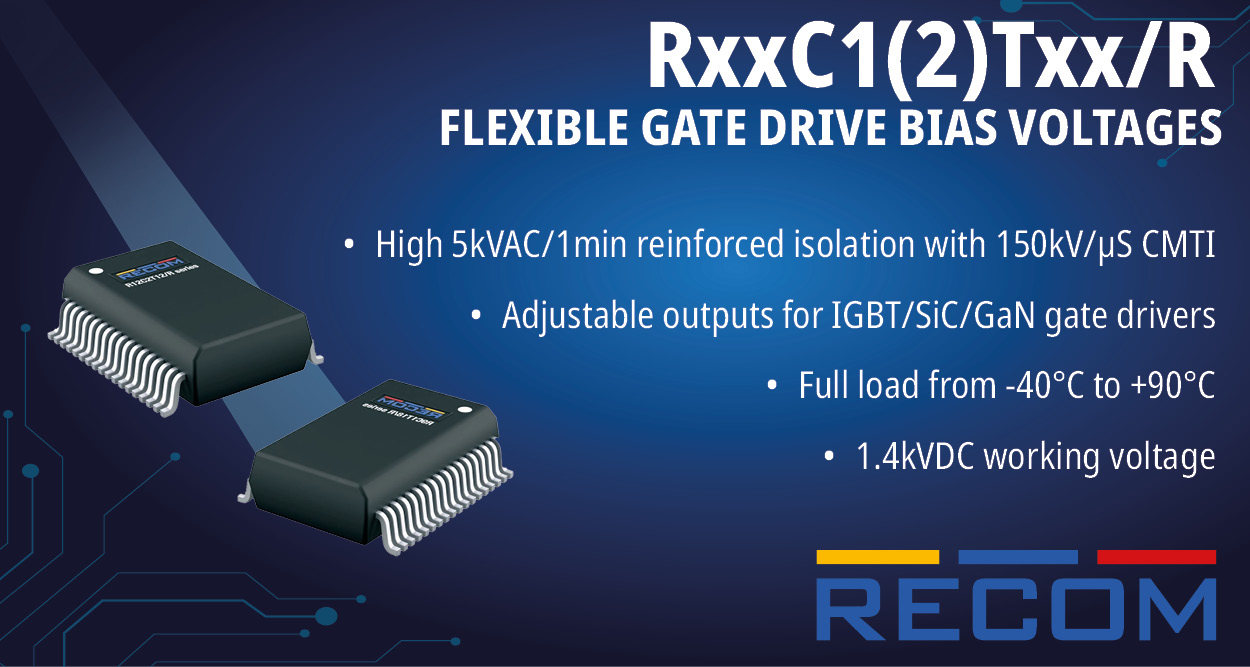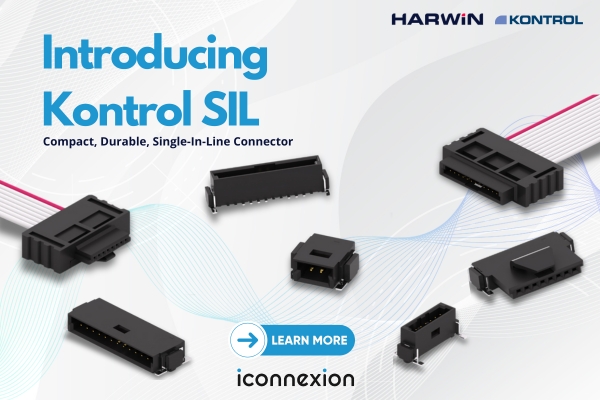The global Vehicle-to-Grid (V2G) technology market was valued at USD 11.42 billion in 2024 and is projected to reach approximately USD 129.83 billion by 2034, expanding at a compound annual growth rate (CAGR) of 27.51% from 2025 to 2034. In the United States alone, the V2G market reached USD 2.46 billion in 2024, underlining the country’s pivotal role in shaping the sector.
V2G technology is gaining rapid traction as the adoption of electric vehicles (EVs) accelerates globally. Governments are actively incentivizing V2G initiatives, while advancements in smart grid infrastructure and bidirectional charging solutions are enabling EVs to function as mobile energy assets. Countries such as the U.S., U.K., Germany, and Japan are heavily investing in V2G infrastructure, integrating it with renewable energy sources to create more resilient and efficient power systems.
Utilities and automakers are increasingly forming strategic alliances to commercialize V2G solutions, which are now recognized as critical components in the evolution of decentralized energy management. As smart grids expand and the share of renewables in energy generation rises, V2G plays a central role in grid balancing, peak shaving, and energy storage optimization.
Key Market Insights
- EV Surge Fuels V2G Demand: Global electric vehicle sales rose by over 50% in 2023, significantly enhancing the viability and scalability of V2G applications.
- Grid Stabilization Benefits: V2G can help reduce peak electricity demand by 10–15%, leading to improved grid reliability and operational cost savings.
- Government Incentives: More than USD 5 billion in funding has been allocated globally to support V2G pilot projects and smart grid integration initiatives.
- Revenue Opportunity for EV Owners: Participants in V2G programs can earn up to USD 1,000 annually by feeding surplus energy back to the grid.
- Utility Engagement: Over 30% of utility companies are actively exploring or piloting V2G-based energy management solutions.
Key Highlights – 2024
- By Region:
- Europe held the largest market share at 34.80%.
- Asia-Pacific followed closely with a 30.24% share, driven by strong EV adoption and government support.
- By Component:
- The Electric Vehicle Supply Equipment (EVSE) segment dominated with an 81% revenue share, underscoring its critical role in V2G infrastructure.
- By Vehicle Type:
- Battery Electric Vehicles (BEVs) accounted for 62.79% of market revenue, due to their superior energy storage and discharge capabilities.
- By Charging Type:
- Unidirectional charging led with a 71% market share, although bidirectional technology is rapidly gaining momentum.
Emerging Market Trends
1. Advancements in Bidirectional Charging
Bidirectional charging technology is at the core of V2G systems, enabling vehicles to both draw and return energy to the grid. Recent developments have optimized energy flow, increased charging speeds, and enhanced battery longevity. These advancements are making V2G systems more attractive to both consumers and grid operators, and are key to mainstream adoption.
2. V2G Integration in Fleet Operations
Fleet operators are increasingly adopting V2G to optimize energy use and reduce operational costs. V2G allows fleets—such as logistics, public transportation, and delivery services—to store excess energy during off-peak hours and feed it back to the grid during peak demand periods. This use case is especially effective given the predictable nature of fleet vehicle schedules.
3. Vehicle-to-Building (V2B) Applications
A growing offshoot of V2G, Vehicle-to-Building (V2B) systems allow EVs to supply electricity directly to buildings, enhancing energy independence and reducing grid dependency during peak hours. V2B is gaining traction among businesses and residential users seeking to lower energy costs and increase sustainability through on-site energy storage and usage.
4. Global V2G Pilot Programs
Pilot projects worldwide—backed by government agencies, utilities, and automakers—are testing the feasibility, scalability, and economic benefits of V2G solutions. These pilots are crucial for developing industry standards, refining regulatory frameworks, and accelerating the commercialization of V2G technology across markets.
Vehicle-to-Grid (V2G) Technology Market – Segmental Analysis
Vehicle Type Analysis
Battery Electric Vehicles (BEVs):
BEVs are the dominant force in the V2G market, accounting for the largest market share in 2024. These vehicles, powered solely by electricity, offer high-capacity batteries that are ideal for bidirectional charging, making them particularly well-suited for V2G applications. BEVs are critical to grid services such as demand response, peak load management, and energy storage. Their zero-emission profile and increasing market penetration reinforce their central role in the V2G ecosystem.
Plug-In Hybrid Electric Vehicles (PHEVs):
PHEVs combine internal combustion engines with rechargeable batteries, offering flexibility for users transitioning to full electrification. While their battery capacities are smaller than BEVs, PHEVs can still participate in V2G during peak demand periods. They are especially relevant in regions with developing V2G infrastructure, acting as transitional assets in the broader electrification strategy. However, their limited energy contribution remains a challenge for large-scale grid support.
Fuel Cell Electric Vehicles (FCEVs):
FCEVs, powered by hydrogen and emitting only water vapor, represent a clean and promising alternative for long-range and commercial applications. Though currently limited in V2G adoption, their potential for grid interaction remains significant as hydrogen infrastructure matures. FCEVs can offer consistent energy output for grid support, especially in future V2G scenarios where clean energy diversification is prioritized.
Component Analysis
Electric Vehicle Supply Equipment (EVSE):
EVSE represents the largest component segment, essential for enabling bidirectional power flow between EVs and the grid. Modern charging stations are being equipped with smart capabilities to support V2G operations in residential, commercial, and fleet environments. With ongoing improvements in efficiency and compatibility, EVSE plays a foundational role in the deployment and scalability of V2G systems.
Smart Meters:
Smart meters are integral to real-time communication between EVs and the grid. They support accurate billing, load monitoring, and dynamic energy pricing, all of which are critical for effective V2G operation. Their ability to facilitate demand-response and grid optimization strategies makes them indispensable in both residential and commercial V2G settings.
Home Energy Management (HEM):
HEM systems enable households to control and schedule energy usage based on pricing signals, grid conditions, or renewable generation patterns. In V2G-enabled homes, these systems manage when and how EVs charge or discharge, maximizing cost savings and grid support. HEM integration ensures seamless participation in energy markets, particularly during peak load periods.
Others (Communication Modules, Data Systems, Storage):
This category includes enabling technologies such as communication modules for secure data exchange, energy storage systems to enhance grid flexibility, and data analytics platforms for predictive grid balancing. These auxiliary components play a growing role in optimizing V2G networks and ensuring resilience in dynamic grid conditions.
Vehicle-to-Grid (V2G) Technology Market – Regional Analysis
Europe: Global Leader in V2G Implementation
- Market Size (2024): USD 3.97 billion
- Projected (2034): USD 45.18 billion
Europe leads the V2G market, driven by stringent emissions regulations, aggressive renewable energy targets, and strong public-private partnerships. Countries like the UK, Germany, the Netherlands, and Norway are actively piloting V2G solutions, integrating them into smart grids and intelligent energy networks. Norway’s high EV adoption and Germany’s innovation in energy transition strategies reinforce Europe’s leadership in V2G deployment.
North America: Strong Market Backed by Utility Partnerships
- Market Size (2024): USD 3.28 billion
- Projected (2034): USD 37.34 billion
The North American market, led by the U.S. and Canada, is growing rapidly due to supportive policies, advanced grid infrastructure, and widespread EV penetration. The U.S. is home to multiple V2G pilot programs involving utilities and fleet operators, leveraging existing energy infrastructure to scale V2G solutions. Canada emphasizes V2G as part of its broader clean energy and sustainability strategy.
Asia-Pacific: Rapid Expansion Fueled by Energy Resilience Goals
- Market Size (2024): USD 3.45 billion
- Projected (2034): USD 39.26 billion
Asia-Pacific is witnessing accelerated V2G development led by Japan, China, and South Korea. Japan initiated V2G as part of its post-disaster energy resilience strategy, while China integrates V2G to manage its vast EV population and grid variability. South Korea’s heavy investment in grid reliability and smart technologies underscores the region’s commitment to V2G integration.
LAMEA: Emerging Market with Long-Term Potential
- Market Size (2024): USD 0.71 billion
- Projected (2034): USD 8.05 billion
The LAMEA region shows growing interest in V2G, with early adoption seen in Brazil, South Africa, and the UAE. While infrastructure limitations pose short-term challenges, rising investments in renewable energy and smart city projects—particularly in the Middle East—are paving the way for V2G market development. V2G could provide cost-effective energy resilience in remote and underserved regions.
Get Full Access of Report@ https://www.cervicornconsulting.com/buy-now/2499
















